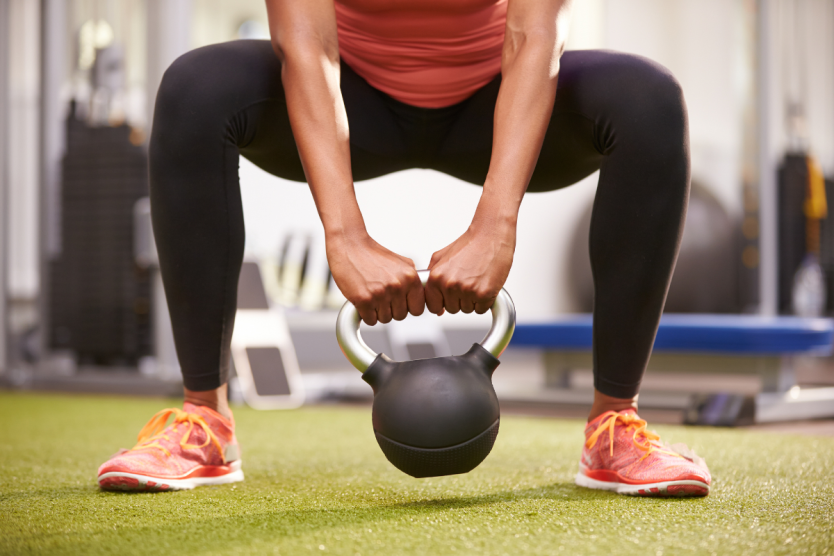Living with endometriosis comes with side effects such as pain, particularly during menstrual periods, as well as fatigue, diarrhea, constipation, bloating or nausea.
Anyone who is suffering looks for relief, so you may be wondering whether diet and exercise can help endometriosis. It might, so here’s what you need to know.
What is Endometriosis?
Endometriosis is when tissue similar to that which lines the inside of your uterus, known as the endometrium, grows outside your uterus. Endometriosis most commonly involves your ovaries, fallopian tubes and the tissue lining your pelvis, and in rare cases may be found beyond the area where pelvic organs are located.1
It’s also a chronic inflammatory disease, which makes treatment complex. Options focus on alleviating pain using analgesic and hormonal treatment, nonsteroidal anti-inflammatory drugs, or in some cases surgery. It’s believed that endometriosis affects about 10% of the female population of reproductive age.2 That inflammation may impact fertility in some women.
Since inflammation is one of the mechanisms that triggers endometriosis,3 it makes sense to answer “yes” to the question: Can diet and exercise help endometriosis?
Diet for Endometriosis
Some studies have concluded that the management of endometriosis requires a holistic approach that focuses on reducing overall inflammation. As a result, a dietician may be beneficial in determining a good diet to help ease the symptoms of endometriosis.4
In general, both inflammation and high estrogen levels can make the symptoms of endometriosis worse, and diet can influence both.5
Here are some general guidelines for a diet for endometriosis:
- Fiber to ease constipation, since excess estrogen is removed in the stool.5
- Omega-3 fats to help calm inflammation, in foods such as fatty fish (salmon, sardines and tuna), nuts and seeds (walnuts, chia seeds and flaxseed) and plant oils (flaxseed oil and canola oil).5
- Monounsaturated fats which are also anti-inflammatory, such as those found in avocados, nuts and seeds, olive oil, peanut butter, and safflower oil.5
It’s also suggested that the following foods should be limited (or avoided if possible), as they can worsen endometriosis pain by boosting inflammation or estrogen levels:5
- alcohol
- caffeine
- fatty meat
- processed foods
- sugary drinks
Exercise for Endometriosis
The pain many women suffer can make exercise difficult—or at least low on the list of your priorities.
But regular exercise can help you manage those symptoms and may even help with prevention. Exercise can help reduce estrogen, the hormone that feeds endometriosis—leading to inflammation, bloating, pelvic pain, and more.6
Yoga is a good option for those suffering the pain of endometriosis. For instance, endometriosis pain affects the muscle groups of the pelvic floor, abdominal wall, and hip flexors, and yoga and pilates can help strengthen and lengthen those pelvic area muscles.6
Keeping active with regular walking, which can also help ease stress, and working your way up to more vigorous exercise, is a good start.6
Seek Diagnosis
If you suspect you have endometriosis, or you have been diagnosed and you find your symptoms worsening, make an appointment with your healthcare provider. Use our Physician Finder to find a doctor near you with expertise in women’s health, who can help with diagnosis, treatment, and advice on diet and exercise to help endometriosis.




















